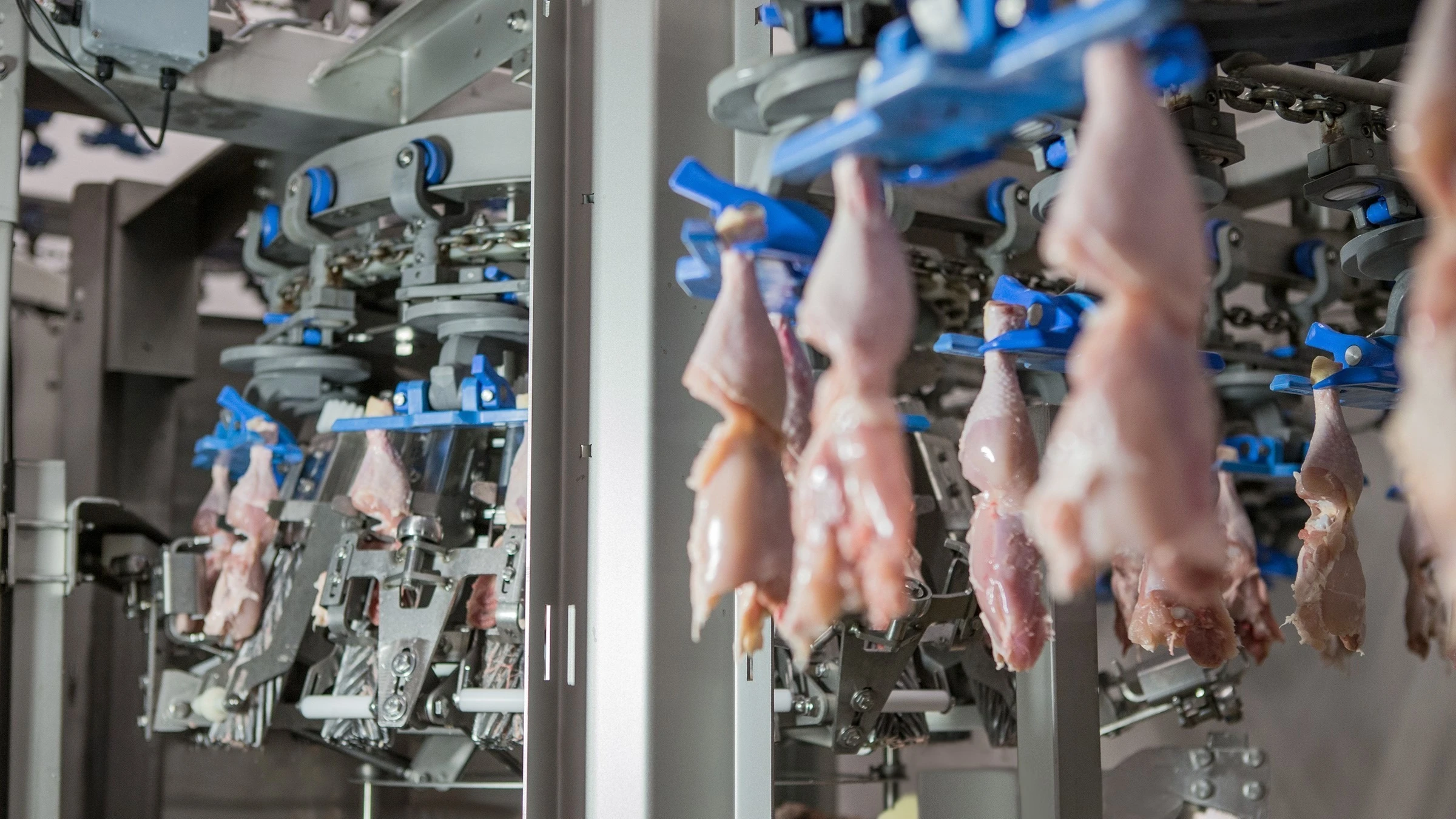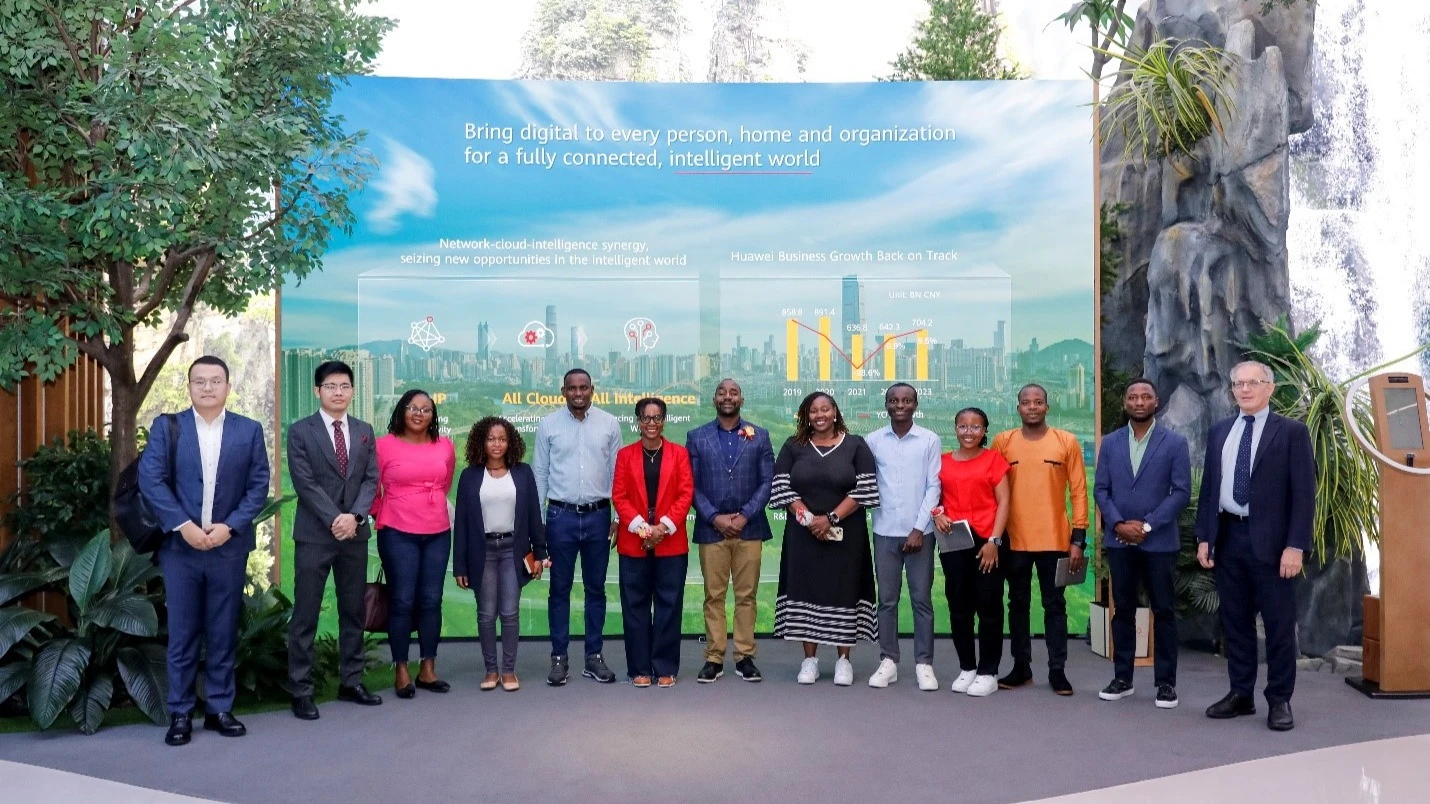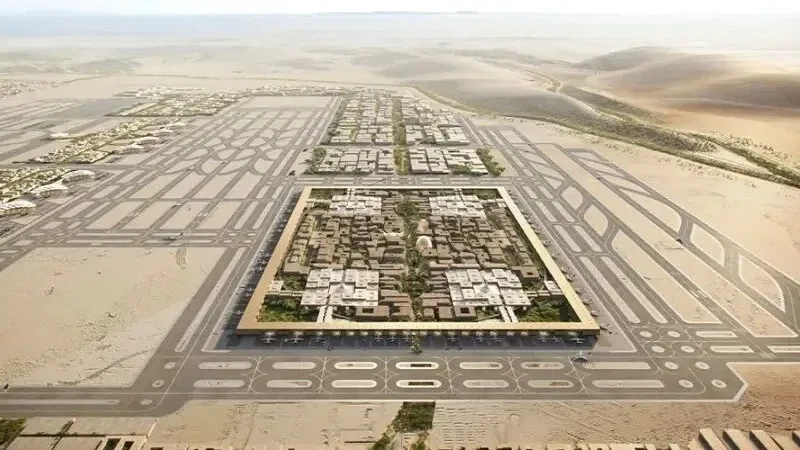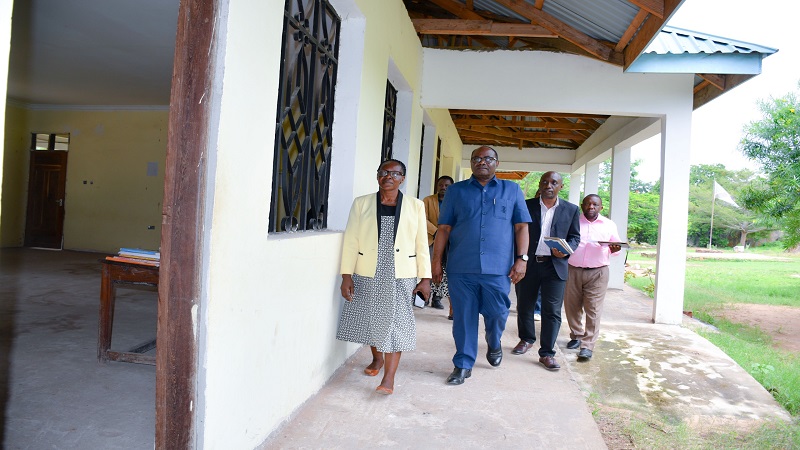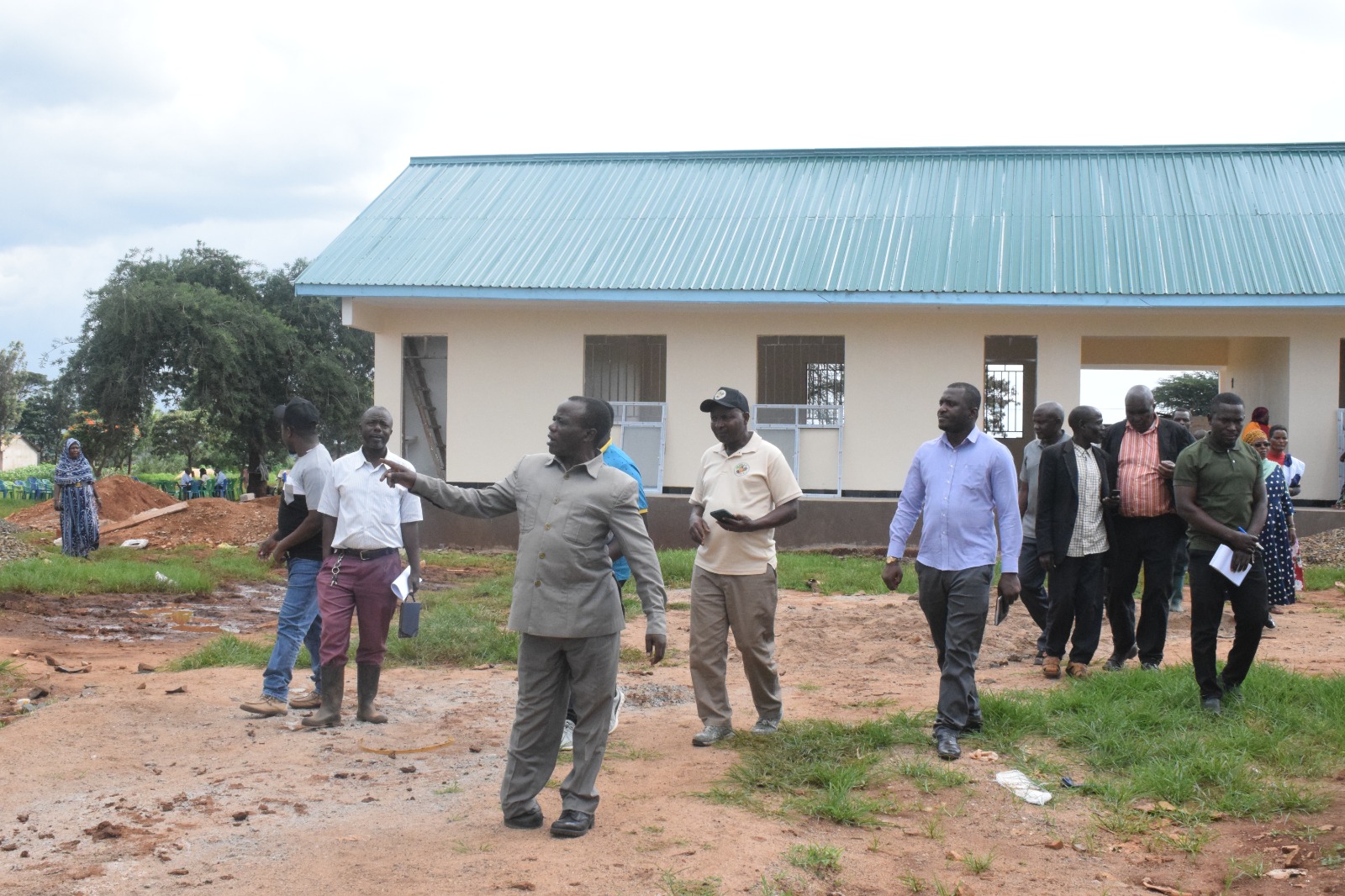5 top trends shaping green construction practices in 2025
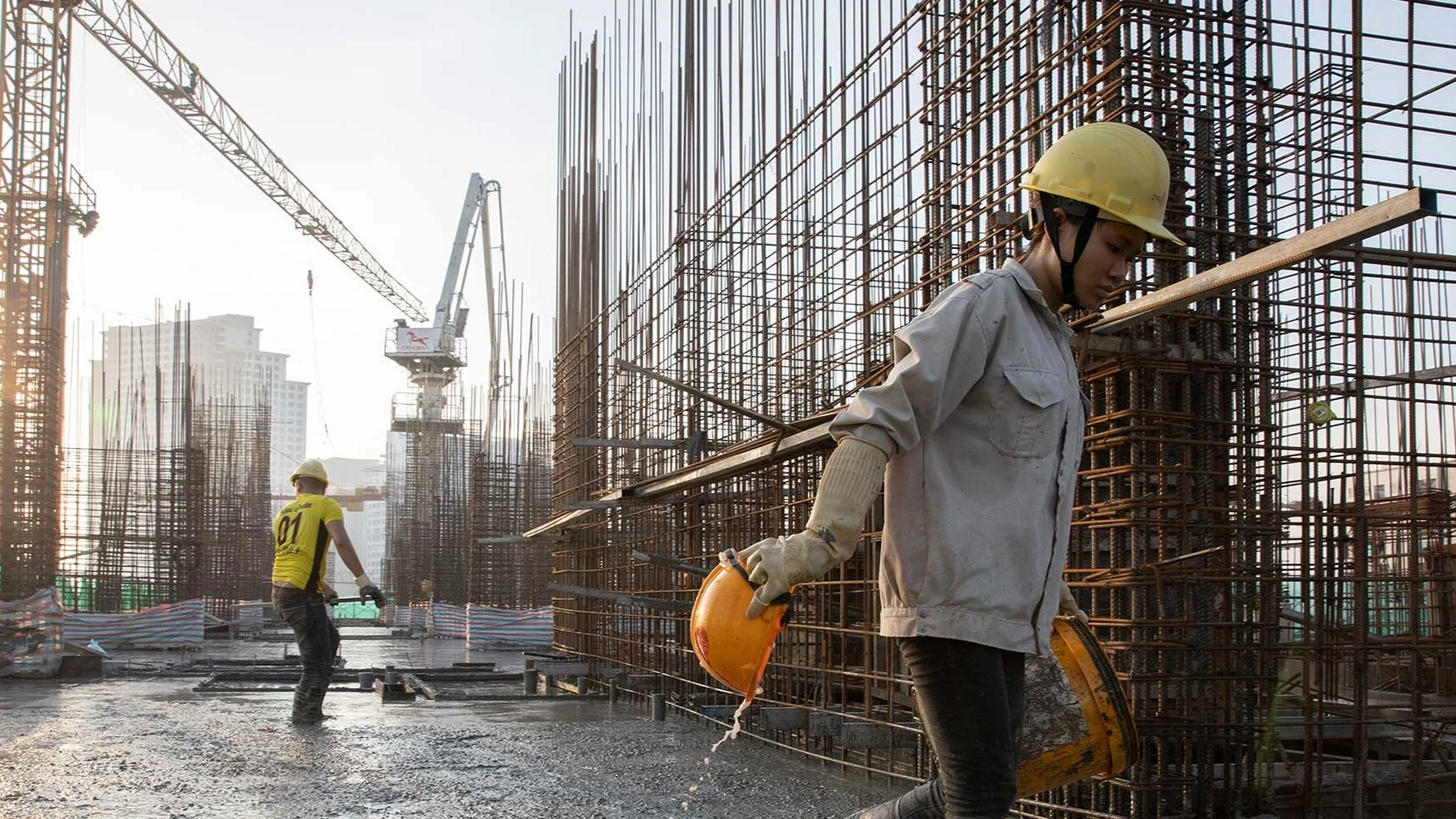
In 2025, the construction industry will see a shift unlike any other. Green construction practices are no longer an option but a necessity to meet the demands of a quickly evolving world. With climate issues, resource scarcity and environmental concerns pressing on, the time to implement sustainable options is now. Explore the sector’s top trends and see how international companies can embrace these green construction trends.
By Emily Newton
1. Smart, sustainable materials lead the charge
Eco-consciousness remains a top priority for the construction industry, which is responsible for almost 40 percent of energy-related emissions worldwide. To decrease its carbon footprint, the demand for greener options is on the rise.
Low-carbon concrete, recycled steel and sustainably sourced wood are becoming staples, reducing carbon since no new material is produced while maintaining durability. Some ingenious materials making waves include mycelium-based insulation, which was shown to have comparable performance to traditional insulating materials like polystyrene.
Self-healing concrete is also rising in popularity thanks to its capacity to repair itself. Saturated with bacteria that bind the materials around them into a new form, this material can grow in the pores of the concrete, which adds to its impermeability, reducing maintenance costs and enhancing the longevity of structures. Construction firms are leveraging these materials to meet the Leadership in Energy and Environmental Design (LEED) certification standards, better align themselves with the environment and gain a competitive advantage.
2. Net-zero buildings are the new standard
Net-zero construction — which yields as much energy as it depletes — is becoming a sector norm. Advancements in solar panels, geothermal systems and passive design principles have made this once lofty goal a reality.
These structures help meet ambitious emission reduction targets simply by being carbon neutral in and of themselves. The efficient design and renewable energy sources lower the operational expenses, making net-zero homes highly attractive to eco-conscious buyers. Expect to see entire communities of smart, net-zero homes pop up as developers aim to meet the demanding environmental benchmarks.
Businesses are already pushing for these carbon-neutral residences. NetZero Development is constructing mid- and high-rise residential buildings using off-site manufactured pieces and renewable power sources to fuel the construction process and the completed establishments. BillionBricks — another net-zero home developer — claims to assemble homes that are 20% cheaper since they’re 70% made of locally sourced materials.
3. Circular construction: rethinking waste
Roughly one-third of the world’s waste comes from the building and construction industry. This massive amount of dumped materials forces builders to rethink where waste is going. Instead of sending leftover materials directly to the landfill, green construction practices are shifting from demolition to deconstruction to enable the repurposing of materials when a structure’s life cycle ends.
The modular designs allow the materials to become upcycled and used in new projects, extending their life. Some companies in the construction industry have reduced their non-toxic landfill waste by 7% by diverting waste through recycling.
4. Decarbonization through prefabrication
Prefabricated buildings have long been hailed as efficiency champions. Crafting building components in a controlled environment ensures precise material use, quicker assembly and less waste. If these production facilities are powered by renewable energy, prefab construction will become a key contributor to the decarbonization of the construction sector.
When paired with circular construction, prefab buildings will become a force to be reckoned with at the end of the building’s life span. Giants in the modular construction industry are already producing a wide range of affordable homes and commercial structures, changing how buildings are designed, erected and recycled.
5. Government-driven support and incentives
Countries with net-zero targets are becoming creative in boosting their percentage of green buildings through incentives and establishing standards. Take Singapore, for example. The country is focused on retrofitting existing buildings to become more energy-efficient under the S$63 million Green Mark incentive.
Conversely, China is set to apply green building standards to all new urban buildings by 2025. This follows their 2020 action plan to reach 70 percent of Green Building Labeled new structures by 2022.
New York has also actively pursued retrofitting efforts for buildings, aiming to put carbon caps on its structures. Starting in 2024, buildings exceeding 25,000 square feet will be penalized should they fail to hit emission targets. Owners could face over $250 for every ton above the emission limit.
Adopting these trends can significantly reduce global carbon emissions and resource consumption. They ensure long-term economic viability in the construction sector as enterprises pivot toward greener, more sustainable practices. With the environment in focus and sustainable goals in mind, the planet becomes a safer future-proof home for its inhabitants.
Top Headlines
© 2025 IPPMEDIA.COM. ALL RIGHTS RESERVED


